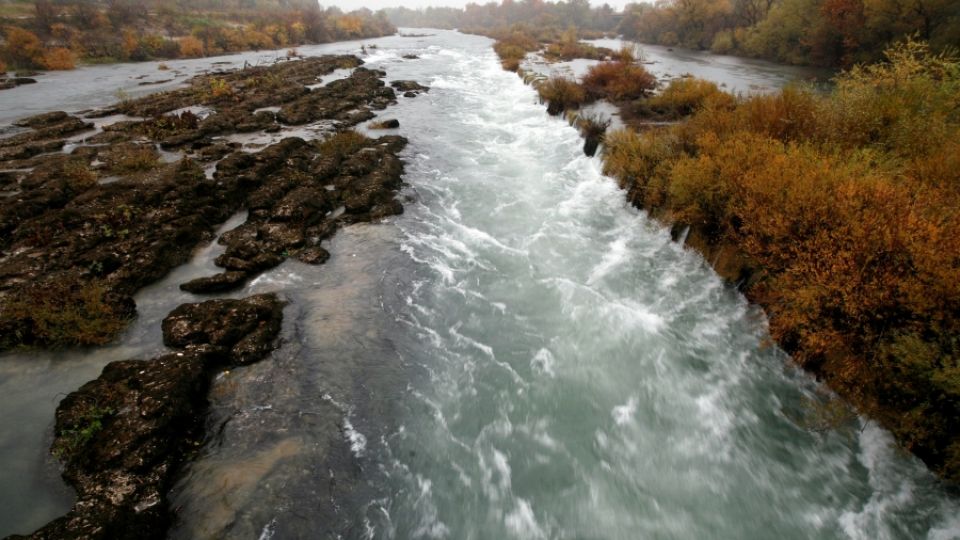The glance at confluence of Buna and Neretva rivers is breathtaking. About nine meters deep river bed of Neretva shapes a natural channel into which Buna river is falling from left side, creating number of small waterfalls. The 600 meters long confluence is one of the most beautiful part of 230 kilometers long Neretva river. This unique natural monument is now under threat of wrecking due to greed of investors that plan to use the power of these two strong watercourses to produce hydro energy.
The planned plants Buna I and Buna II are both projected as small hydro power plants, each one not exceeding 5 MW of total installed power. Despite its relatively small output the impacts on environment would be huge. According to the projects, plants will be placed directly in the confluence area and designed with a triangle wall of 4,5 metres that would divide the river into two flows for turbines. The gorgeous natural channel would be left dry and the monumental tuff stones, being created for centuries, would disappear under heavy machines.
Back in Yugoslavia, the whole confluence area was proclaimed as protected. The status of a protected area was later on confirmed, but nowadays it is vague and left to free and inconsistent interpretation. No borders are determined in the Act of proclamation and there is no management of the area.
The rivers are not only beautiful, but they also provide habitat for softmouth trout (Salmo obtusirostris), a salmonid fish that is living only in the area of Western Balkans and anywhere else in the world. The obligatory freshwater fish spawns only in Buna river. The hydropower plants, originally designed without any fish passage, would certainly prevent them to migrate to their spawning ground.
Missing fish passage and poor quality study of environmental impact assessment (EIA) are subject-matter of a lawsuit filed by local ecological organization Majski cvijet in 2016.
The bad EIA study was not the only shortcoming in the permitting process. The study was prepared by the Faculty of Civil Engineering of University of Mostar which had no legal authority for issuing EIA studies that time. After pointing out on this fact, the Faculty was immediately and quietly added to the list of licensed departments. Obligatory public hearing was organized, but cancelled soon after its beginning because of strong and loud opposition of local people. They never got minutes from the public hearing.
The locals are rightly concerned about their houses that might be easily flooded in case of the construction due to blocking of natural river flow.
Destruction of this area would be, without exaggeration, a crime and it is clear that negative environmental, social and economic impacts outweigh benefits. The whole area has a great and underused touristic potential with the city of Mostar located only twelve kilometers away and the popular town of Blagaj and Buna river springs only six kilometers away. The lawsuit is now under procedure and local community is prepared to use all possible means to stop the harmful project.







